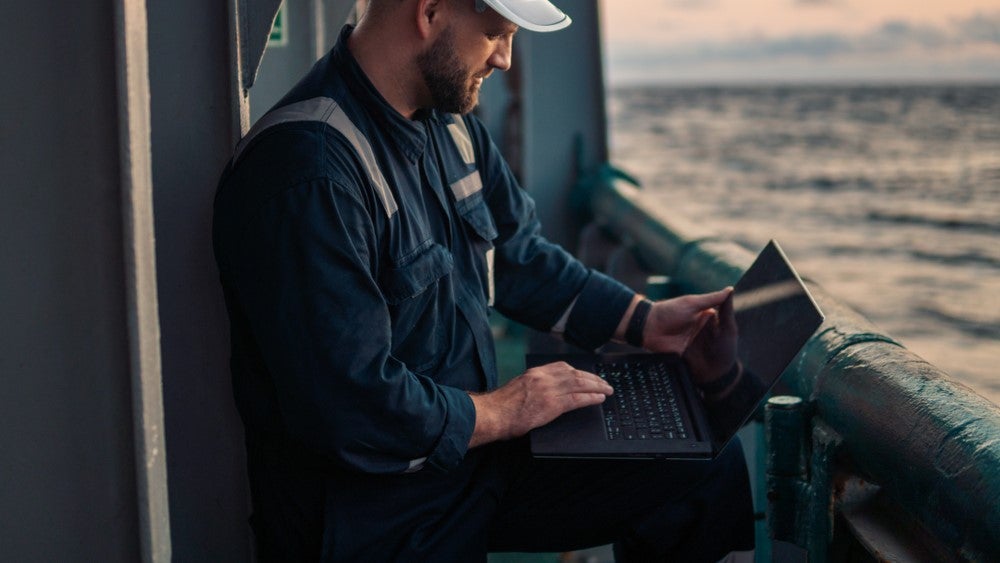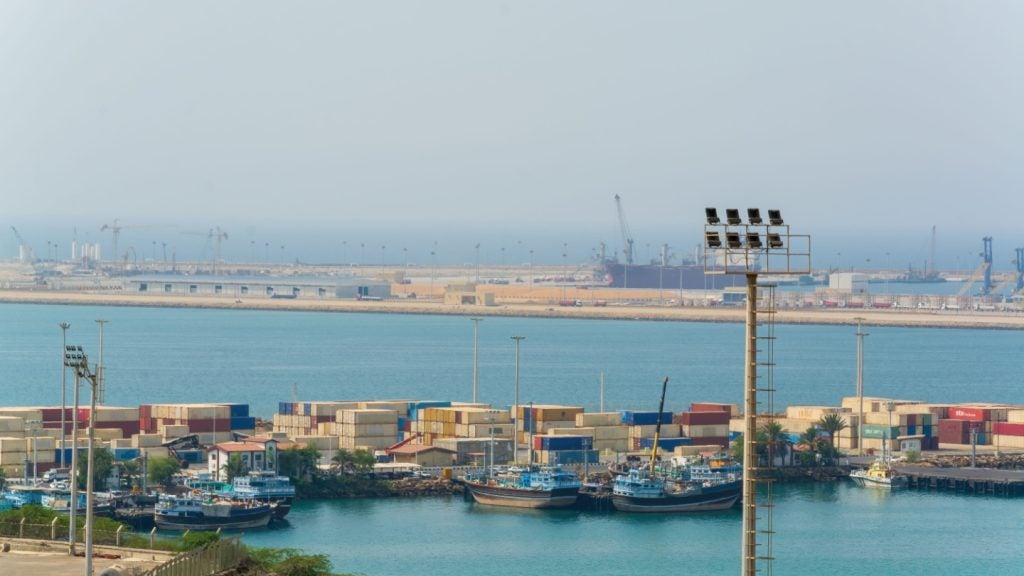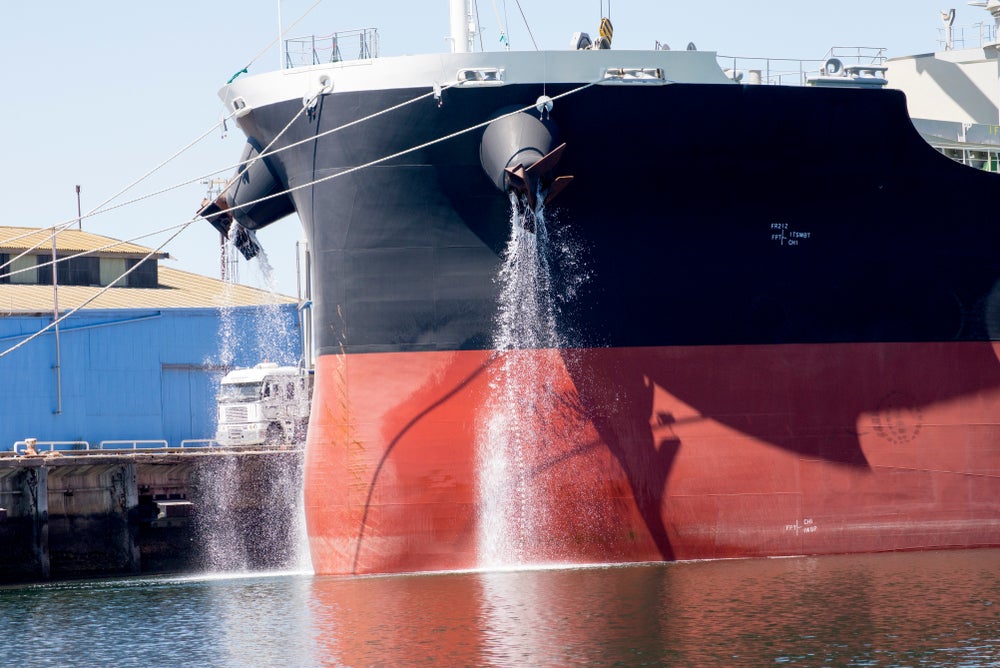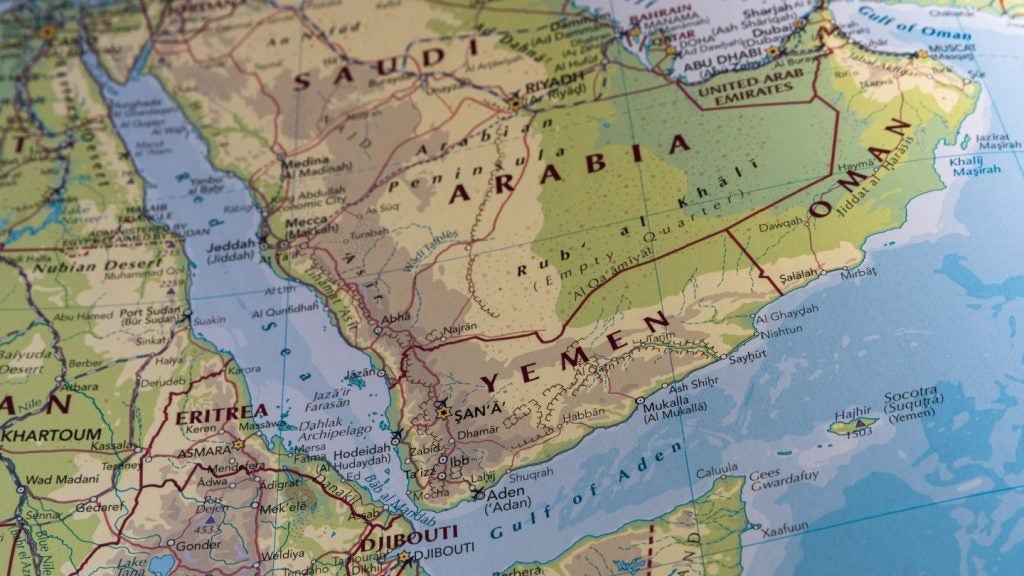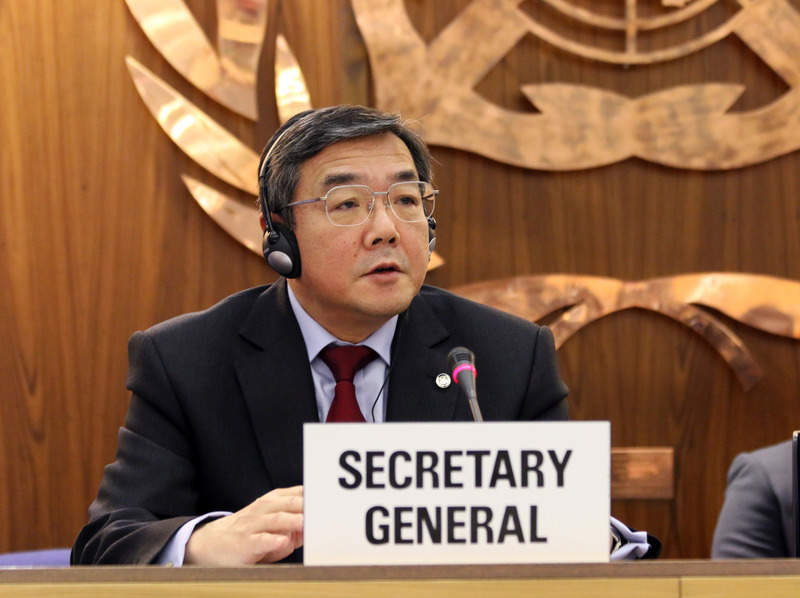
Like Rome, the Ballast Water Management Convention (BWMC) wasn’t built in a day.
When the measure finally came into force in September last year, it marked the end of 13 years of deliberations by the International Maritime Organization (IMO), which adopted the BWMC back in 2004.
The convention’s aims are to prevent the spread of potentially invasive alien species in the ballast water of ships. Such species are known to be the cause of severe damage to biodiversity and the environment at large.
Vessels are now required to manage more closely their ballast water systems, by avoiding and removing the discharge of unwanted organisms and pathogens within ballast water and sediments.
The BWMC was lauded by IMO secretary-general Kitack Lim as “a landmark step”, and one that will “provide a global level playing field for international shipping, and robust standards for the management of ballast water on ships”.
The good intentions of the BWMC are indisputable. However, as things currently stand, the measure is posing more questions than answers for shipowners, as well as management system developers and manufacturers.
How well do you really know your competitors?
Access the most comprehensive Company Profiles on the market, powered by GlobalData. Save hours of research. Gain competitive edge.

Thank you!
Your download email will arrive shortly
Not ready to buy yet? Download a free sample
We are confident about the unique quality of our Company Profiles. However, we want you to make the most beneficial decision for your business, so we offer a free sample that you can download by submitting the below form
By GlobalDataWhat’s the rush? The slow response among shipowners to the BWMC
Shipowners – for all the IMO’s ballyhoo – appear to be in no rush to update or replace their existing ballast water management systems.
The convention is presently made up of two different standards. Under the D-1 standard, vessels are obligated to discharge their ballast water at least 200 nautical miles from the coastline. This, says the IMO, will give unwanted organisms less chance of survival.
The D-2 standard specifies the limit of organisms free to be discharged, including microbes that pose a threat to human health. New ships are obliged to meet this standard, while existing ships must initially act in accordance with D-1.
Ultimately, all vessels involved in international trade will need to conform to the D-2 standard. This will require the installation of new, specialised equipment. Ballast water management systems then need to be approved by national authorities, overseen by the IMO.
The take-up of new systems – which first need to be tested on land-based facilities in order to ensure they are fit for purpose – has been slow, says Nadeem Anwar, a petrochemical senior lecturer at Southampton Solent University.
“The entry into force of the BWM 2004 Convention has allowed the maritime industry to cross a threshold, but, other than that, the issues that were being experienced before that time, in general, remain in place,” says Anwar.
“The number of approved and available systems remains low. The number is even lower for the US Coast Guard [USCG] approved systems. The delay of entry into force of the convention has also resulted in some of the manufacturers exiting the treatment system market.”
A paucity of choice of available systems has also contributed to a prevailing wait-and-see attitude witnessed across the industry.
“There are ongoing issues in quite a few cases with operational efficiency,” says Anwar, who also leads a ballast water management course at the Warsash Maritime Academy, created in direct response to the BWMC.
“Though the trials and approval processes demonstrated that the systems were robust enough for the diverse marine environments, unfortunately, it is not the case. Particular concerns are being experienced with the filtration component.”
However, according to Jad Mouawad, a Norway-based maritime industry consultant, there are some indications that shipowners are beginning to act – particularly with regards to new vessels.
“Owners have started to realise that they need to take decisions soon,” he says. “We have seen some have live demos on their ships that help them take those decisions.
And while Mouawad agrees with Anwar that there has been an exodus of systems manufacturers – “due to high R&D costs and new systems coming in” – he is confident more system approvals will be seen soon.
“We will see some more BWMS getting USCG type approval, and hopefully some will get the brand new 2016 G8 guidelines approval,” he says. “There is still hard competition, but we see some makers doing good deals and making some profit.”
Not cheap: the challenges of retrofitting

Despite “some movement in the market”, according to Mouawad, retrofitting is yet to really take off, with shipowners loath to fork out on high costs.
“The physical requirements of a retrofit are a bigger challenge, not to mention it being more expensive than a new-build installation,” says Anwar.
“Dependent on the amount of pipework, cabling, and any changes to be made, a retrofit could cost around $30,000 upwards for a vessel around 10,000 gross tonnage – excluding the actual cost of the system.”
Another area of concern is the lack of specialist expertise around ballast water management systems. Most engineering companies and service providers offer combined services – ballast water with scrubbers and biofouling – making them, to a certain degree, jacks of all trades, but masters of none.
“It’s creating a weak base where no one specialises in one area,” says Mouawad. “Biofouling is a particularly difficult area. This lack of specialisation in ballast water is leading to sub-standard installations, resulting in non-compliance for ships.”
Helping hand: should system manufacturers be doing more?
What’s more, some operators, says Anwar, have also raised concerns about a lack of training on offer to them by system manufacturers.
“This is an area which requires industry-wide action – especially on the part of system manufacturers – to bring about a positive improvement,” he says.
“Even the best system may not perform as required if the operators are not fully aware of the procedures to be followed. In addition to the system-related issues, the shipboard operators are also concerned about many aspects of the convention and feel they need training.”
Given the magnitude of the BWMC, such teething problems were perhaps to be expected. However, if the transition to new systems is to pick up pace, Anwar believes administrations, port state officials and “recognised organisations” will also have to provide greater assistance to the industry.
“They need to play a more active role in assisting and questioning such practices,” he says.
“Overall, after a costly installation, if a system cannot be used to its full operational efficiency, it is not going to provide a fix to the problem which it is designed to resolve.”



